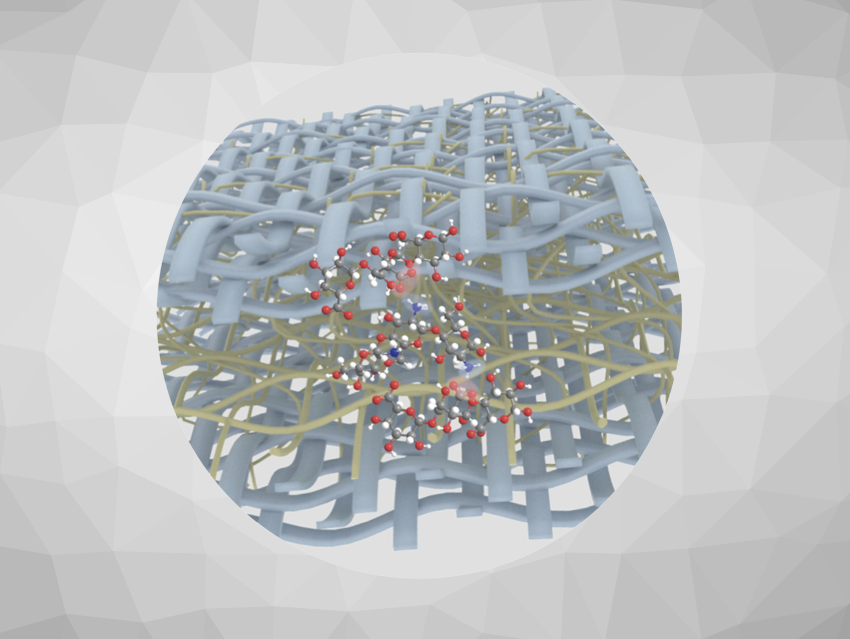In this issue, Alberto Bianco et al. review carbon dot synthesis and purification. In a Scientific Perspective, Peter R. Schreiner et al. contrast historical and physical perspectives in asymmetric catalysis to guide future research in machine learning for catalysis. Alexander B. Cook highlights mechanistic insights into curvature formation in synthetic vesicles. In a Correspondence, Fernando Pina et al. critique a recent paper on chalcone photoswitches, and Subhajit Bandyopadhyay et al. reply.
In the original research section, Shu-Hong Yu et al. describe the simultaneous strengthening and toughening of all-natural structural materials via 3D nanofiber network interfacial design (see picture). Ambika Bhagi-Damodaran et al. found that gas tunnel engineering of prolyl hydroxylase reprograms hypoxia signalling in cells. Nicola Gaston et al. provide an atomic-scale explanation for the high selectivity towards carbon dioxide reduction observed on liquid metal catalysts. Chuan He et al. succeeded in the catalytic asymmetric synthesis of C- and Si-stereogenic silacyclopentanes via hydrosilylation of arylmethylenecyclopropanes.
- Angewandte Chemie 48/2024: Guidance,
Angew. Chem. Int. Ed. 2024, 63 (48).
Sponsored content is not written by and does not necessarily reflect the views of ChemistryViews’s editorial staff.



